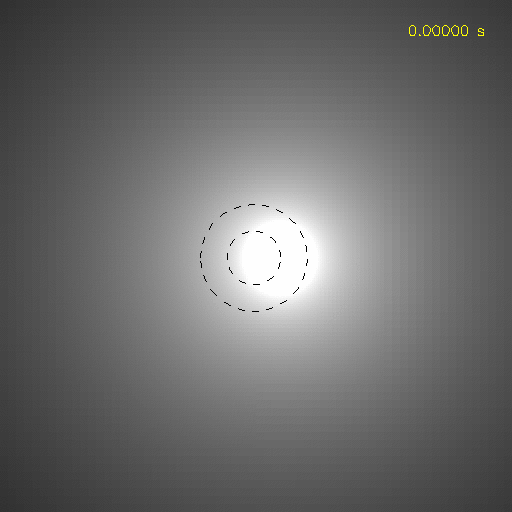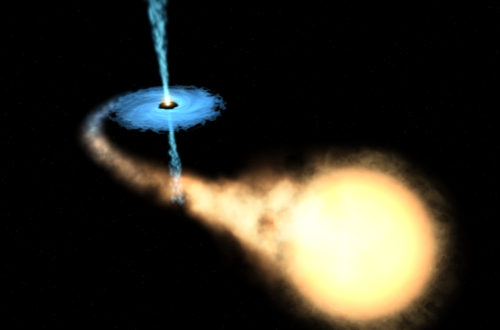Relativistic jets are ubiquitous and we can observe them in a wide range of scales: from stellar-mass objects (e.g., stellar-mass black holes, neutron stars or pulsars) to massive objects (e.g., active galactic nuclei, radio galaxies). In fact, those jets are key players in shaping our universe into what it is now. For example, jets from active galactic nuclei are powerful and capable of reaching very far from the central region of their host galaxy, it is generally accepted that they have provided a huge amount of heating into the universe. Without the heating, most galaxies might have significantly cooled down a long time ago; and had only old stars or dead stars after short and bursty star formations in earlier cosmic time. Despite their importance, many fundamental challenges remain for understanding jets: how are jets launched, accelerated, and collimated? How do large-scale jets communicate with small-scale jets? How does jets exchange energy and momentum with the surrounding medium?

In today’s post, I will briefly introduce the dynamics of jets in X-ray binaries, which was one of the topics I’d studied during my PhD program. X-ray binaries are a class of binary stars that consist of a compact object, such as a neutron star or a stellar-mass black hole, accreting mass from a companion. You may ask why jets from the stellar-mass objects are matter after I exemplified the galaxy scale jets above to emphasize their role in the universe. It is because these jets in different scales appear remarkably similar to each other in morphology, spectral properties, and the fraction of the liberated accretion power. Thus, we believe that underlying physics is pretty much the same (see Figure 1). Plus, studying these jets is beneficial because their dynamical time scale is short enough to be detected (days or months), thanks to their small size; and also because many objects are observed in our Galaxy.

Cygnus X-1 is the most famous X-ray binary because it has the first approved black hole in the history of astronomy. Before the discovery of Cygnus X-1, black holes were known only as theoretical objects. Fun fact is that it was the subject of a scientific wager between Prof. Steven Hawking and Prof. Kip Thorne as to whether Cygnus X-1 is indeed a black hole (the link for the story). Cygnus X-1 exhibits beautiful bipolar jets (see Figure 2). In fact, Cygnus X-1 is a binary system, in which the companion star is very massive. This massive guy usually produces a strong stellar wind, which can be fed to the black hole captured by its gravity. Simultaneously, the wind should exert pressure on the jet from the black hole. The black hole and the massive companion rotate each other with the orbital separation less than the distance between Sun and Earth (See Figure 3). Then, it is questionable how the jets in Cygnus X-1 can keep being straight in this severe environment.

In the first-order approximation, if we know the detailed information of the stellar wind pushing the jets downstream, we can estimate the jet bending angle depending on the jet power. In other words, if the jet is sufficiently powerful, it should keep being straight, and for the less powerful jet, the bending angle should be converged as the effects of the wind become less with a larger distance between the jet edge and the star that launches the wind (See Figure 4).

I’ve performed hydrodynamic simulations and derived an analytic solution for the jet bending angle, which is controlled by the jet and wind properties. From this study, I could calculate the minimum jet power of Cygnus X-1 for the straight jets. This power limit is consistent with previous estimates, but it is derived from a completely independent argument. Since the shapes of jets are not always like this (e.g., twisted and bent jets), the robust solution can be used as a tool to infer the physical properties in the system.



